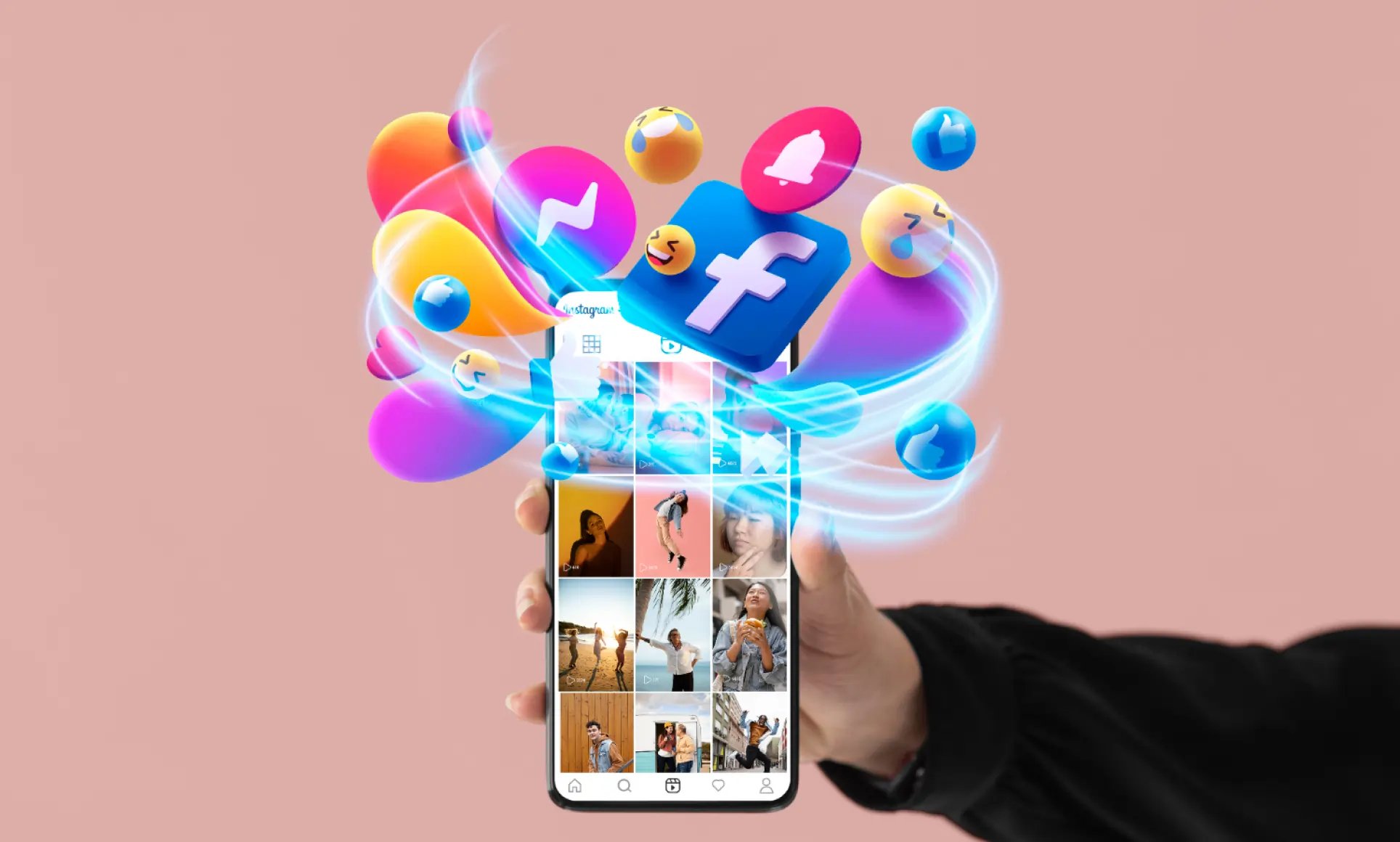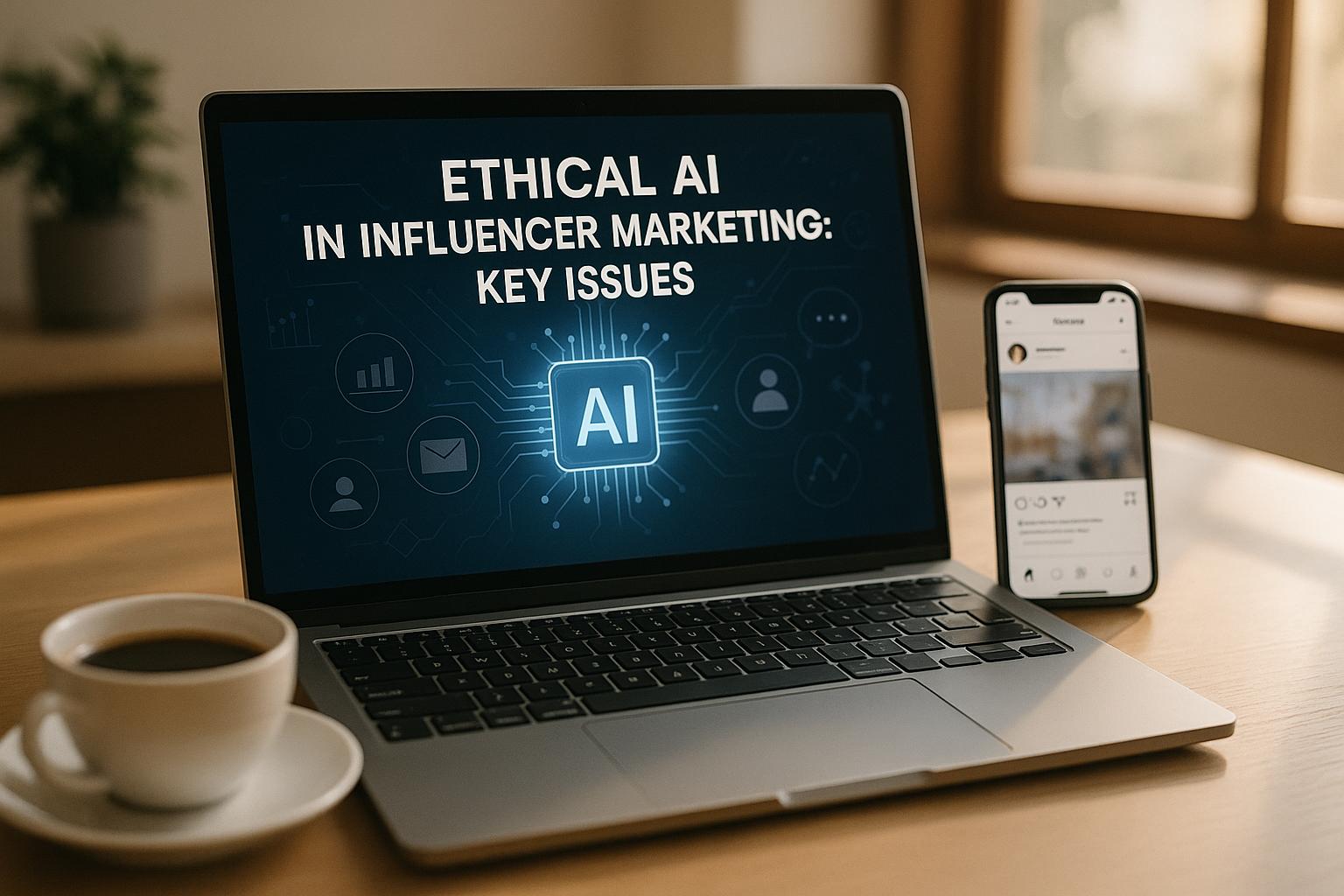
AI is transforming influencer marketing by automating tasks like finding influencers, analyzing audiences, and optimizing campaigns. While this boosts efficiency - saving time and improving outcomes - serious ethical concerns arise. These include transparency, algorithmic bias, and data privacy.
Key takeaways:
- Transparency: 94% of consumers want AI-generated content disclosed. Non-disclosure risks fines up to $51,744 per violation.
- Bias in Algorithms: AI can unintentionally exclude diverse voices, harming representation and brand reputation.
- Data Privacy: Mishandling personal data can lead to legal penalties (e.g., Sephora's $1.2M fine) and erode trust.
- Balancing AI and Human Input: AI excels at analysis, but human creativity ensures campaigns maintain emotional connections.
To stay ethical, brands must disclose AI use, audit for bias, protect data, and combine AI's precision with human oversight. These steps ensure trust, fairness, and compliance in a rapidly evolving industry.
Ep. 70: Ethical Marketing, Honesty, Transparency and AI
Transparency and Disclosure in AI-Driven Influencer Campaigns
As AI becomes more integrated into marketing, transparency isn't just a nice-to-have - it’s essential. With 94% of consumers agreeing that all AI-generated content should be disclosed and 63% of influencer marketers planning to incorporate AI by 2025, brands can’t afford to keep their AI usage hidden. While AI can streamline processes, failing to disclose its use risks eroding the trust that consumers expect. Clear disclosure not only builds trust but also ensures brands are ready for regulatory changes on the horizon.
Why Clear AI Disclosure Matters
Being upfront about AI’s role in content creation isn’t just ethical - it’s becoming a legal requirement. The Federal Trade Commission (FTC) has made it clear: misleading consumers by not disclosing AI-generated content can result in hefty fines, up to $51,744 per violation.
"Disclosures are the most basic form of transparency", says Mark Surman of the Mozilla Foundation.
Transparency isn’t just about following rules; it’s about maintaining credibility. Consumers expect honesty, and 33% of people believe brands are responsible for AI disclosures, while 29% think social networks share this responsibility. The FTC emphasizes that both brands and influencers must ensure proper disclosure.
Risks of Not Disclosing AI Use
Hiding AI involvement doesn’t just damage trust - it can lead to severe legal and financial consequences. Beyond fines, brands risk lawsuits, reputational harm, and the loss of consumer loyalty.
The FTC’s recent actions highlight the dangers of non-disclosure. In March 2020, the agency sued Teami, LLC for deceptive practices, including paying influencers to promote products without proper disclosure. The result? Teami was ordered to return more than $930,000 to consumers.
"Google and iHeartMedia paid influencers to promote products they never used, showing a blatant disrespect for truth-in-advertising rules", said Samuel Levine, Director of the FTC’s Bureau of Consumer Protection.
The legal landscape is shifting quickly. For instance, in the case of Negreanu v. Revolve Group, the plaintiff alleged that Revolve allowed influencer endorsements without clear disclosures, potentially misleading customers into purchases they might have avoided otherwise.
How to Improve Transparency
To avoid these pitfalls, brands need to prioritize clear and consistent disclosure practices. FTC guidelines provide a roadmap: disclosures should be obvious, straightforward, and impossible to miss.
Many platforms, including Meta, TikTok, YouTube, and LinkedIn, already incorporate AI disclaimers. Additionally, agencies like Ogilvy have introduced initiatives such as the AI Accountability Act to push for transparency in AI-generated influencer content.
Practical strategies for brands include:
- Informing influencers about AI tool usage upfront.
- Combining sponsored post disclosures with AI disclaimers.
- Using clear indicators like hashtags (#poweredbyAI) or watermarks to signal AI-generated content.
| Best Practices for FTC Compliance | Common Compliance Mistakes |
|---|---|
| Use clear, visible disclosures like "Sponsored" or "Ad" | Avoid vague terms like "collab" or "sp" |
| Place disclosures where audiences can’t miss them | Don’t hide disclosures in fine print or hashtags |
| Ensure disclosures are present across all platforms | Don’t rely solely on platform-provided tools |
| Only endorse products that have been personally used | Avoid endorsing products without direct experience |
"Transparency is an ethical obligation toward customers, enabling informed decisions and enhancing trust", explains Linda Leopold from H&M Group.
The pressure to skip disclosures may still exist, but the risks are mounting. As Allison Fitzpatrick, a partner in the Advertising + Marketing Practice Group at Davis+Gilbert, warns:
"There's a pressure on brands to not want to make these disclosures, and for a lot of them, there hasn't been a lot of enforcement over the last couple of years - so they've been taking the risk, despite what we've been telling them".
With over 1,525,783+ UGC Fine Risks identified since August 2024, enforcement is catching up quickly. Brands that establish thorough disclosure practices now will not only avoid penalties but also safeguard their reputation as AI-related regulations continue to evolve.
Algorithmic Bias and Fair Representation
Algorithmic bias is more than just a technical hiccup - it’s a serious issue that can undermine fairness and representation. With 75% of marketers already incorporating AI into their campaigns, understanding how these systems might unintentionally perpetuate unfair practices is crucial. When AI decides which influencers to collaborate with or targets specific audiences, biased algorithms can systematically exclude diverse voices, reinforcing harmful stereotypes. The result? Skewed influencer selection and a hit to brand credibility.
What Is Algorithmic Bias?
Algorithmic bias happens when AI systems generate unfair or discriminatory outcomes due to biased training data. In influencer marketing, this can mean AI favoring certain creators while sidelining others based on factors like race, gender, or age.
The root of the problem often lies in the data. If an AI system is trained on historical campaign data that already leans toward a specific demographic, it’s likely to replicate and even amplify that bias. A well-known example is Amazon’s recruitment algorithm, which was scrapped after it was found to discriminate against female applicants. Similarly, in 2020, Twitter’s image-cropping algorithm displayed a preference for white faces over Black ones. These examples highlight how automated systems can unintentionally reinforce harmful stereotypes.
Effects on Diversity and Brand Reputation
When AI makes biased decisions, it’s not just individual creators who lose out - brands also suffer. Excluding diverse influencers means missing out on connecting with broader audiences and can make a brand appear out of touch.
The statistics paint a stark picture. Only 19% of people featured in ads come from minority groups, and individuals with disabilities appear in less than 2% of media images, even though they make up 20% of the population. As Enrique Hoyos, Head of Marketing at Pexels, puts it:
"How much does imagery actually affect the world? It has a huge amount of power to normalize things. It changes culture."
The financial fallout can be just as damaging. Beyond harming a brand’s reputation, biased AI can lead to poor budget allocation and flawed audience segmentation. This means marketers risk overlooking entire market segments, leaving money on the table.
How to Reduce Bias
Tackling algorithmic bias isn’t easy, but it’s necessary. The solution lies in a combination of diverse data, human oversight, and continuous auditing.
- Diverse datasets are the foundation. Training data should reflect a wide range of demographics, including age, gender, race, and socio-economic backgrounds. This requires actively sourcing data from underrepresented groups rather than relying on historical records that may carry embedded biases.
- Human oversight acts as a safety net. A "human-in-the-loop" approach - where human reviewers evaluate AI decisions - can catch biased outcomes before they affect campaigns.
- Regular audits ensure long-term fairness. By establishing fairness metrics and routinely monitoring AI outputs, marketers can identify and address any discriminatory patterns.
Vivienne Ming, Executive Chair and Co-founder of Socos Labs, highlights the importance of diversity in development teams:
"A lot of times, the failings are not in AI. They're human failings, and we're not willing to address the fact that there isn't a lot of diversity in the teams building the systems in the first place."
Having diverse teams behind the technology can help spot biases that more homogeneous groups might overlook. Combining automated tools with human judgment is the key to achieving ethical and effective influencer marketing.
| Automated Influencer Selection | Human-Moderated Selection |
|---|---|
| Pros: Fast processing, handles large datasets, consistent criteria | Pros: Cultural awareness, bias detection, relationship building |
| Cons: Can replicate biases, lacks cultural context, may overlook emerging talent | Cons: Time-consuming, limited scalability, potential human bias |
| Best for: Initial screening and data analysis | Best for: Final decisions to ensure diverse representation and brand alignment |
Striking a balance between AI’s efficiency and human insight is essential. Automation can handle the heavy lifting, but human teams should step in for the final say, ensuring ethical standards are upheld.
Transparency also plays a big role in building trust. Brands should openly share how their AI systems function, including the data sources and decision-making processes. Training teams on ethical AI practices and bias detection further strengthens this trust.
While addressing bias is critical, safeguarding data privacy is another cornerstone of ethical AI practices.
sbb-itb-3858882
Data Privacy and Consumer Protection
Data privacy has become a hot-button issue in AI-driven influencer marketing. As AI systems collect vast amounts of personal information to power targeted campaigns, brands are under increasing pressure to safeguard consumer data while adhering to ever-changing privacy regulations. Mishandling this data not only opens the door to legal troubles but can also severely tarnish a brand’s reputation.
Privacy Risks in AI-Driven Marketing
AI-powered marketing tools and virtual influencers come with their own set of privacy risks, particularly when it comes to unauthorized data use. These systems often operate with limited transparency, making it difficult to ensure compliance with stringent state laws like California’s privacy regulations . Additionally, security breaches remain a significant concern. Jonathan Selby, General Manager and Technology Practice Lead, highlights the stakes:
"For brands, it's vital to ask these questions and know all data security facts when working with AI influencers - any security breaches or noncompliance can negatively impact them too".
The problem is compounded when personal data is spread across multiple platforms and databases, creating numerous points of vulnerability.
Consumer Concerns and Trust
When brands fail to protect consumer data, the fallout can be severe. Trust, which often takes years to build, can be shattered in an instant. A prime example is Sephora’s $1.2 million settlement in 2022 for violations of the California Consumer Privacy Act (CCPA), including failing to disclose data sales and honor opt-out requests. Consumers are increasingly uneasy about how their data is collected and used, especially when they feel they’ve lost control over their personal information. This erosion of trust can lead to disengagement, with users opting out of sharing data altogether - ultimately limiting the quality of data available to improve AI systems.
The issue isn’t just theoretical. Compliance firms flagged 20% of marketing materials for potential legal violations in Q1 2024 alone, and the Federal Trade Commission (FTC) can impose penalties of up to $50,120 per infraction. These numbers underscore the scale of the challenge brands face in maintaining consumer trust.
How to Protect Data Privacy
To address these challenges, brands need a multi-faceted strategy that combines robust technical measures with clear policies and consistent oversight. Here’s how:
- Technical Safeguards: Use encryption, access controls, and regular security audits to protect user data throughout every stage of a campaign .
- Transparent Consent Processes: Secure explicit user consent before collecting data. This includes implementing cookie consent banners, maintaining straightforward privacy policies, and offering simple opt-out mechanisms for tracking.
- Zero-Party Data Strategies: Focus on collecting data that customers willingly share in exchange for clear benefits, fostering a stronger sense of trust.
Regular compliance checks are equally important. With new rules like California’s data broker regulations and the upcoming 2026 Delete Act, brands must stay ahead by auditing their data collection practices, revising privacy policies, and training teams on the latest requirements. Vetting AI service providers is another critical step. Brands should carefully review providers’ data handling policies, security measures, and compliance records. Contracts should clearly define ownership, usage rights, liability, and ethical guidelines .
Proactive monitoring is also key. Brands should establish protocols for quickly removing problematic posts and use content monitoring systems to ensure AI influencers stay on-brand and avoid inappropriate messaging. As Sian Joel-Edgar, an associate professor in human-centered computing, points out:
"In virtual spaces like the metaverse, clearly defining virtual influencers' roles, capabilities, and limitations can enhance transparency and consumer trust".
By taking these proactive steps, brands not only meet regulatory expectations but also strengthen consumer confidence, preparing themselves for the next wave of digital transformation.
While safeguarding data privacy is essential in ethical AI practices, balancing this with maintaining authenticity and human creativity presents its own set of challenges.
Balancing Efficiency, Authenticity, and Human Creativity
AI has undeniably streamlined influencer marketing, but this efficiency comes with a critical trade-off: the potential loss of genuine human connection. With 48.7% of individuals using AI to refine their influencer marketing strategies and 63% of marketers planning to integrate AI into their campaigns, the challenge lies in maintaining authenticity while leveraging technology.
Problems with AI and Authenticity
The push for AI-driven efficiency has introduced issues that challenge the core of influencer marketing. For instance, 36.7% of marketers worry that AI-powered influencers lack authenticity, and 19% express concerns about consumer mistrust. Authenticity remains a cornerstone of what consumers seek in influencers.
Over-reliance on AI can make content feel generic and detached. Automated content creation and AI-generated insights often strip campaigns of the personal touch that resonates with audiences. This becomes even more problematic considering that only about 55% of Instagram followers are real.
The corporate world is cautious. A study by the World Federation of Advertisers in April 2025 revealed that just 15% of major multinational companies have experimented with AI influencers, while 60% have no plans to do so. Alarmingly, 96% of respondents voiced concerns about consumer trust and acceptance of AI influencers, with 73% specifically citing authenticity issues.
Virtual influencers add another layer of complexity. If their artificial nature isn’t clearly disclosed, consumers may feel misled, potentially damaging both brand reputation and trust. These challenges underscore the need to retain a human element to preserve the authentic connections that underpin influencer marketing.
Keeping Human Creativity
To address AI's shortcomings, human creativity must remain central to influencer campaigns. What sets human influencers apart is their ability to connect emotionally, adapt to situations, and create content that feels personal and relatable. They understand cultural nuances, share genuine experiences, and build trust through authenticity.
"Your job will not be taken by AI. It will be taken by a person who knows how to use AI",
- Christina Inge, Instructor at the Harvard Division of Continuing Education's Professional & Executive Development.
Human strategists still play a critical role in shaping campaign visions, crafting messages that resonate, and ensuring content feels authentic. Real influencers bring the kind of emotional depth and shared experiences that AI simply cannot replicate.
How to Find Balance
The key to successful influencer campaigns lies in blending AI's capabilities with human creativity. As Doug Steinberg, founder and CEO of Magnetik, puts it:
"The right balance of human and AI input helps influencer strategies achieve maximum potential".
To maintain this balance, let AI handle tasks like data analysis and trend identification, but keep creative decisions in the hands of your team and influencers. Transparency is crucial - clearly communicate which parts of your campaigns are human-driven to foster trust. Roland Jakob, Managing Partner of Blazekin.Media, emphasizes:
"Transparency will be key to maintaining audience trust".
One example of this balance in action is Farfetch, a luxury fashion retailer that used Upfluence in 2025 to identify influencers whose personal style aligned with their brand. This approach led to a campaign that generated over $15.4 million in sales.
Building long-term relationships with influencers who genuinely align with your brand values can also enhance authenticity. These partnerships naturally lead to more compelling and trustworthy content. While AI can help identify trends, only humans can fully understand emotional nuances and societal shifts. Use AI as a tool to generate ideas, and let influencers transform those insights into engaging, relatable content.
Ethical standards should always guide your approach, ensuring authenticity remains a priority while leveraging AI for smarter insights. As William Gasner, CMO at Stack Influence, notes:
"AI is simply helping to facilitate and amplify those connections in smarter ways".
Ultimately, the goal isn’t to replace human creativity but to enhance it with data-driven insights, crafting campaigns that are both effective and authentic. By striking this balance, brands can address concerns about authenticity while keeping ethical considerations front and center.
Best Practices for Ethical AI in Influencer Marketing
Striking a balance between efficiency and genuine connection is vital in influencer marketing, especially when incorporating AI. To achieve this, ethical AI practices must focus on transparency, fairness, and privacy. With 73% of online adults agreeing that companies should disclose when AI is used to interact with them, brands have a responsibility to adopt transparent and responsible practices.
Set clear transparency standards. Make AI usage explicit by including transparency clauses in influencer contracts and scope of work documents. A great example is Clorox, which openly disclosed the use of AI in its Hidden Valley Ranch advertisements. This approach paid off - research from a 2024 Yahoo study revealed that transparency about AI use in ads boosted trust by 96%.
Regularly audit for bias. Ensure fairness by comparing AI-generated decisions with human benchmarks. Test algorithms across different demographic groups, and retrain models using diverse datasets when bias is identified. This proactive approach helps reduce unintended discrimination in AI-driven campaigns.
Prioritize data protection. With 63% of social media users expressing only limited trust in platforms to safeguard their data - and 16% not trusting them at all - brands must take privacy seriously. Encrypt all user and influencer data, conduct regular security audits, and offer opt-outs for personalized content. Collect only the data that is absolutely necessary, and ensure all interactions involving AI influencers occur through secure channels.
While data security is critical, maintaining a personal touch is equally important. Keep the human element alive by using AI as a tool for generating ideas and insights, while allowing influencers to bring their unique voice and creativity to the table. Rhode Beauty demonstrated this balance in 2024 when Hailey Bieber personally addressed criticism from creator Golloria George regarding shade diversity. Bieber not only updated the product line but also compensated George for her input as a "shade consultant".
Develop comprehensive ethical guidelines. These should address transparency, accuracy, and respect for both influencers and audiences. As Influencity aptly puts it, "In influencer marketing, the boundary between legal and ethical standards can often be indistinct. While regulations specify what is allowed, ethics guide us on what is right and fair for society". With 61% of consumers citing authenticity as a key factor in their connection to a brand, ethical guidelines should always prioritize genuine relationships over automated processes.
For marketers aiming to stay ahead of ethical challenges and industry shifts, resources like AdWeek provide valuable insights. Their updates on emerging trends and regulatory changes offer practical strategies for navigating the evolving landscape of AI-powered influencer marketing.
FAQs
How can brands maintain transparency when using AI in influencer marketing?
Brands can uphold transparency in AI-driven influencer marketing by openly labeling AI-generated content and making disclosures simple and straightforward for consumers. Clear communication about how AI is involved in decision-making helps build trust and demonstrates accountability.
Using technologies such as blockchain can further ensure the integrity of campaigns by verifying their authenticity and supporting ethical practices. These measures not only strengthen transparency but also meet the increasing demand from consumers for honesty and clarity in digital marketing.
How can businesses reduce bias in AI when selecting influencers?
To make AI-powered influencer selection more impartial, businesses should focus on conducting frequent algorithm reviews to spot and fix any skewed patterns. Including varied data sets during AI training is another key step to ensure outcomes that are more balanced and representative. Companies can also implement specific frameworks aimed at identifying and reducing bias, promoting transparency and fairness in their marketing efforts. These measures not only support ethical AI use but also build trust and fairness into influencer campaigns.
How can businesses protect consumer data privacy when using AI in marketing?
To protect consumer data privacy in AI-driven marketing, businesses should aim to limit the collection of unnecessary personal information during AI training. Using strong data encryption techniques and implementing strict access controls are also essential measures. Incorporating Privacy-by-Design principles - where privacy is prioritized and embedded at every stage of AI development - can further reinforce data protection. Additionally, leveraging AI tools to anonymize data ensures sensitive information stays secure.
Transparency plays a crucial role as well. Companies should clearly explain how they collect, store, and use data. This openness not only builds consumer trust but also helps meet U.S. privacy laws. By taking these steps, businesses can lower the chances of data breaches while meeting consumer expectations for ethical AI practices in marketing.




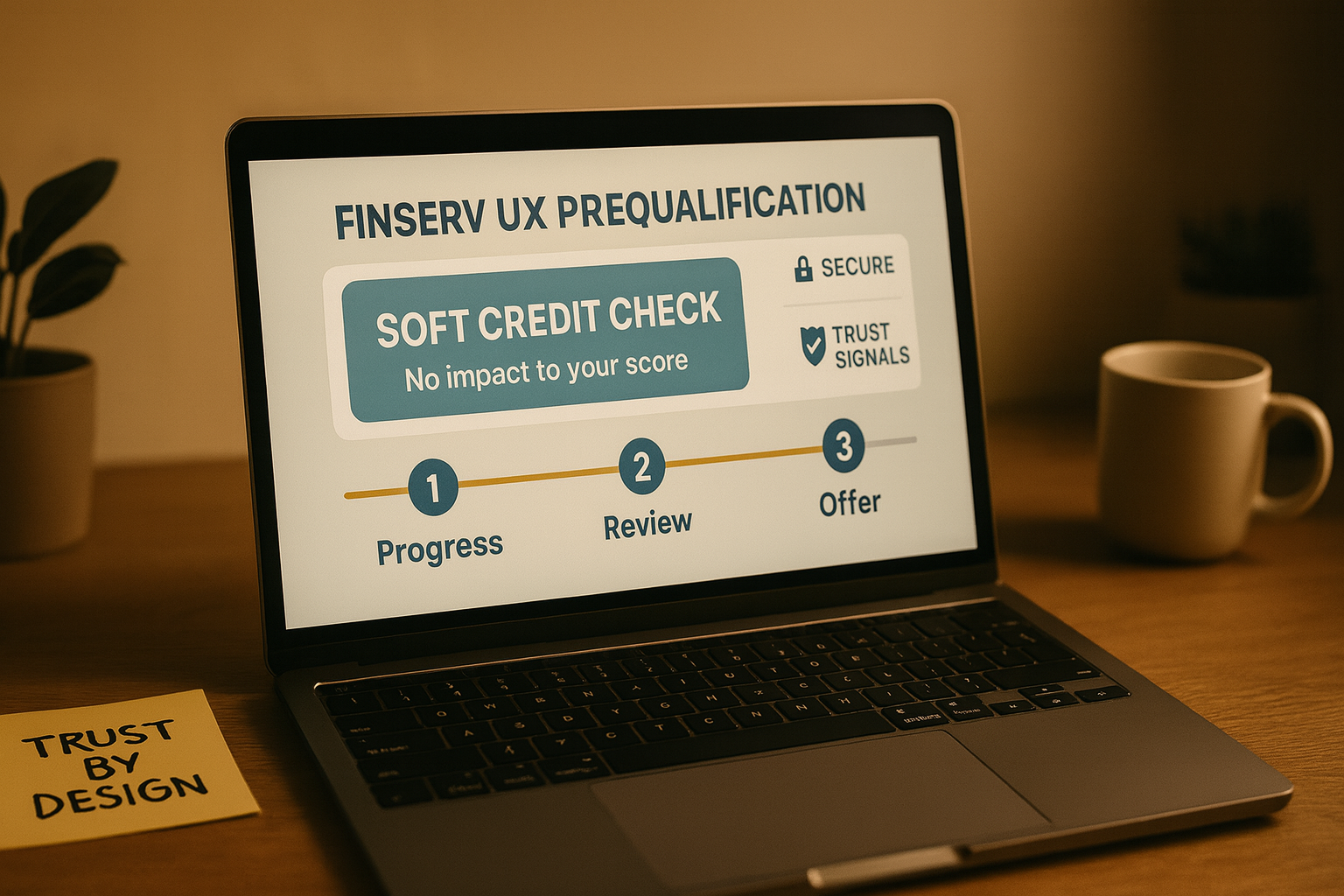
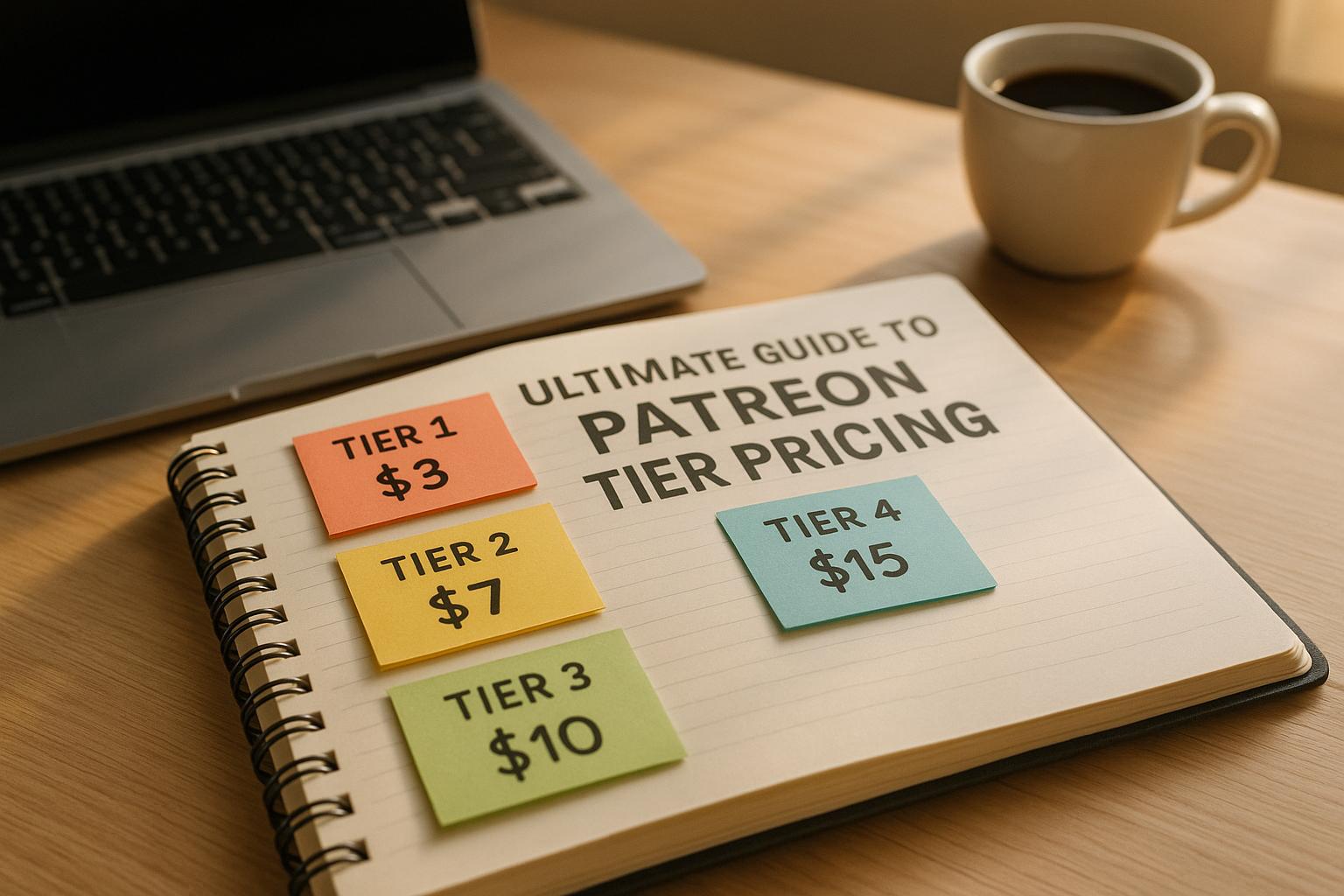
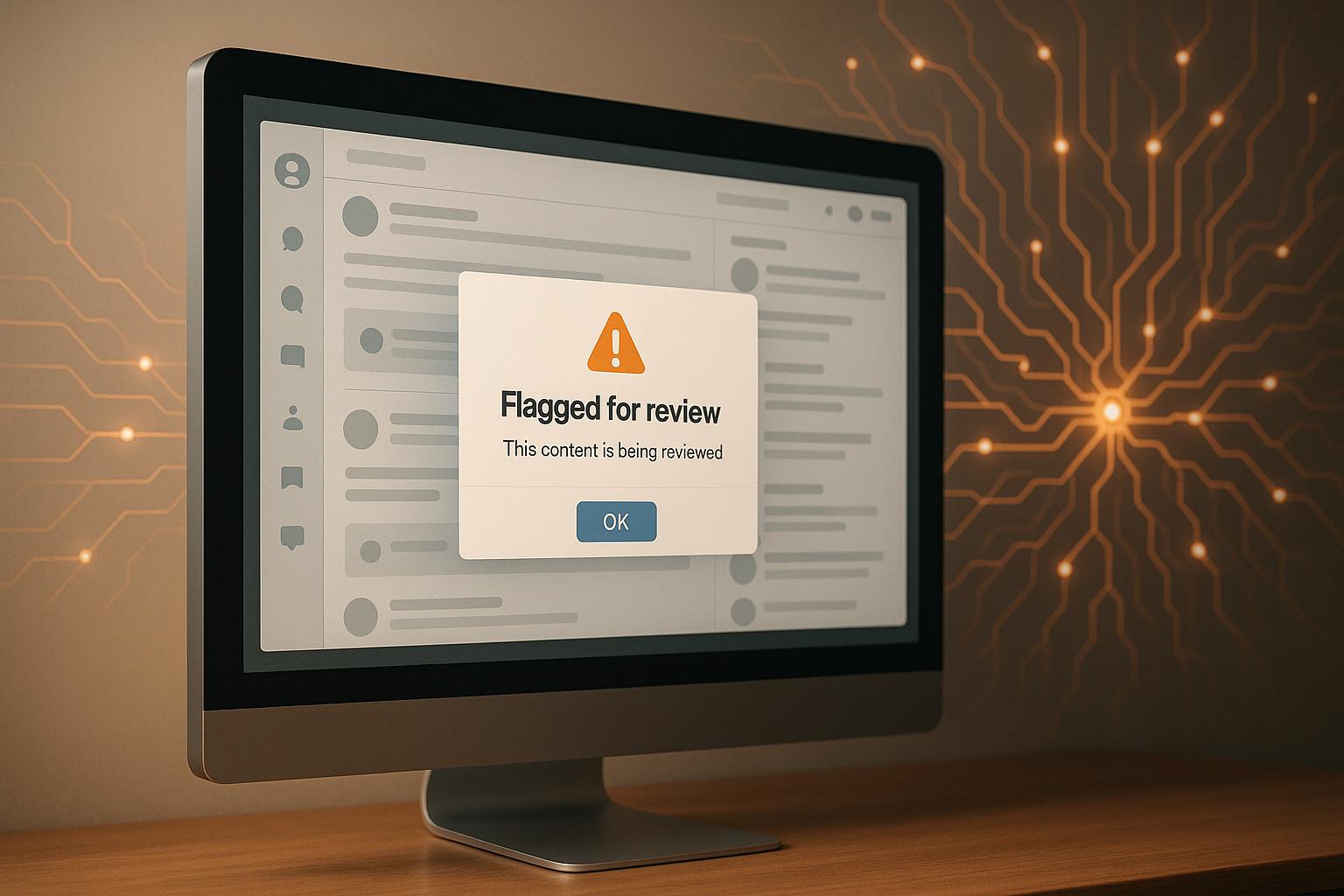

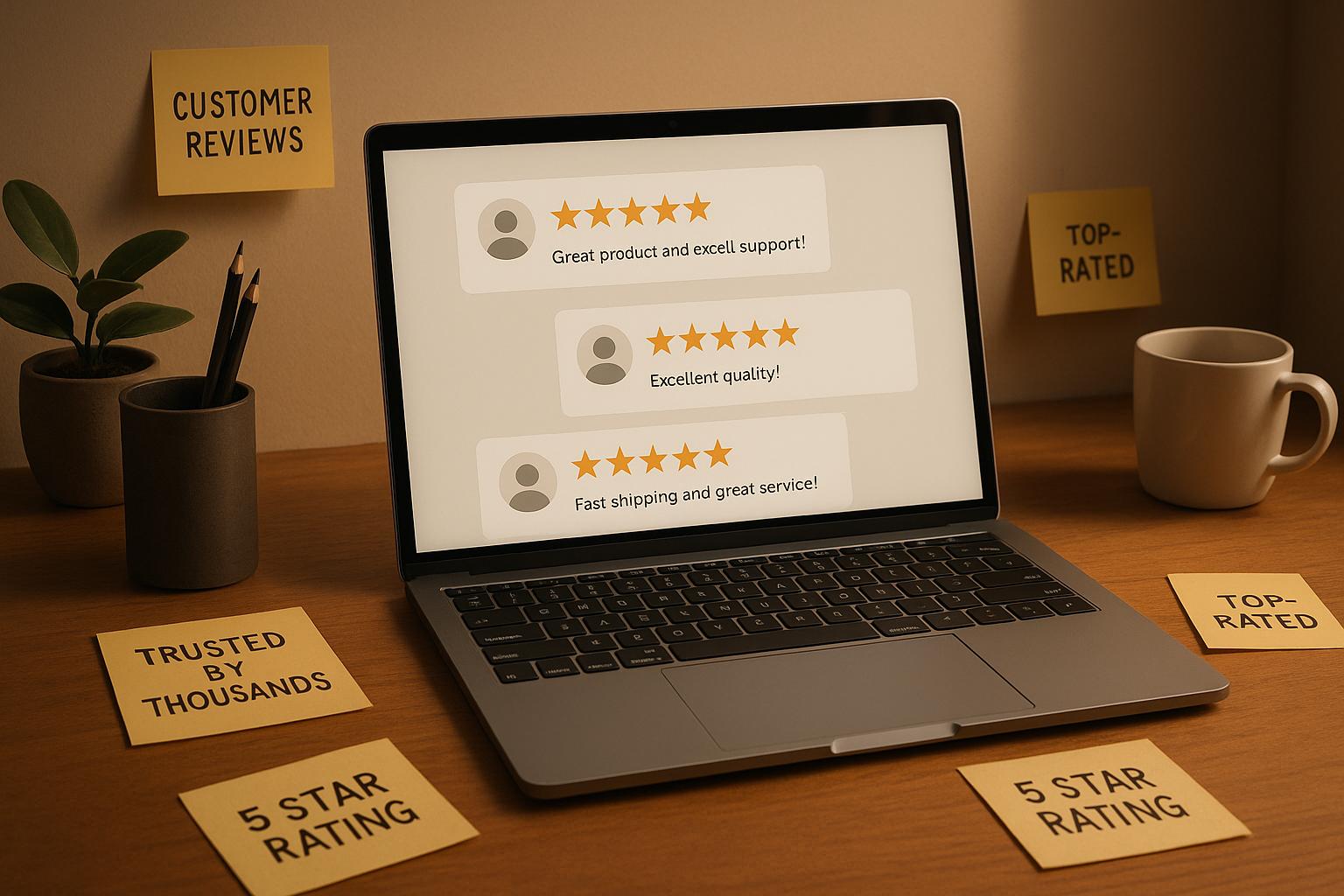



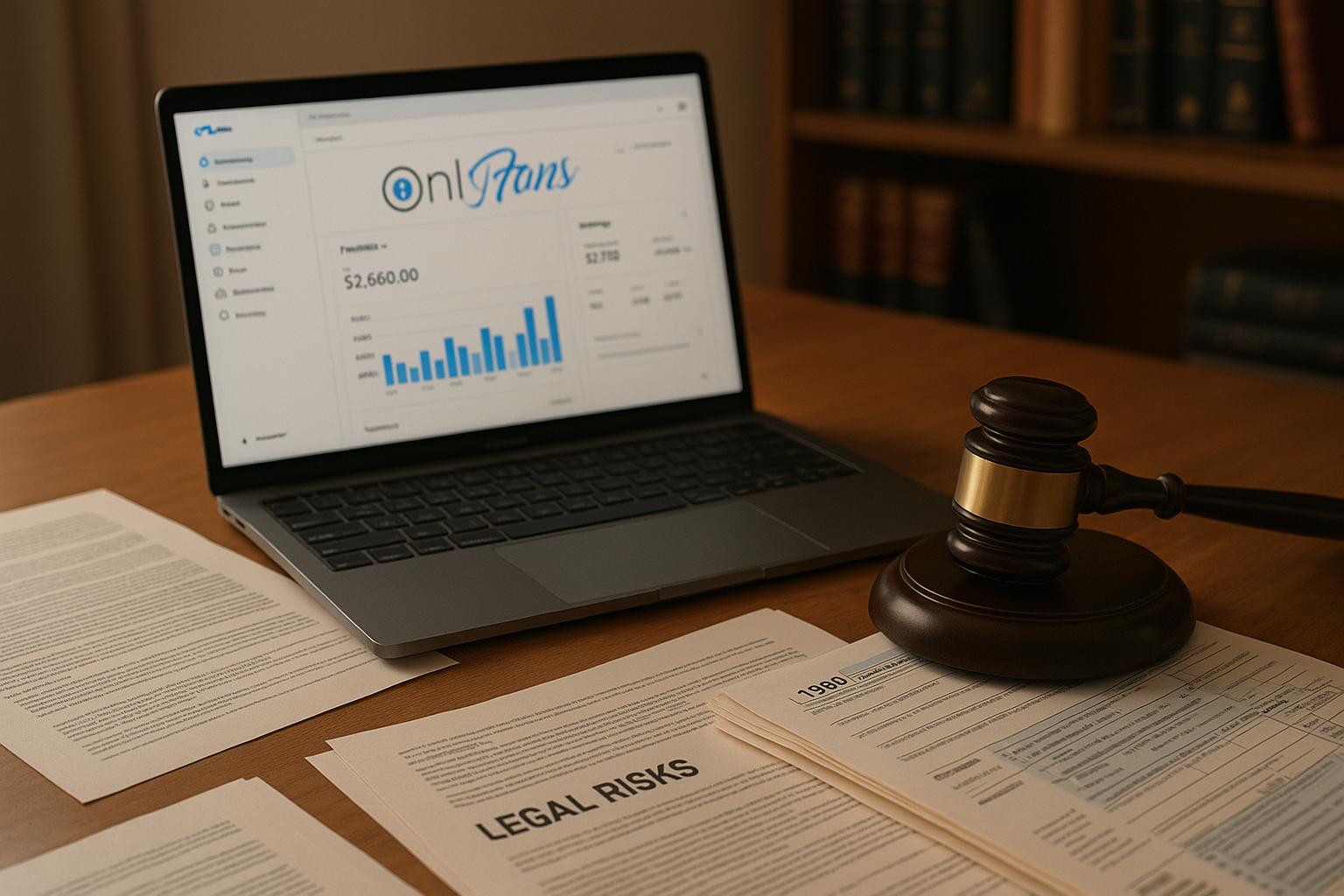


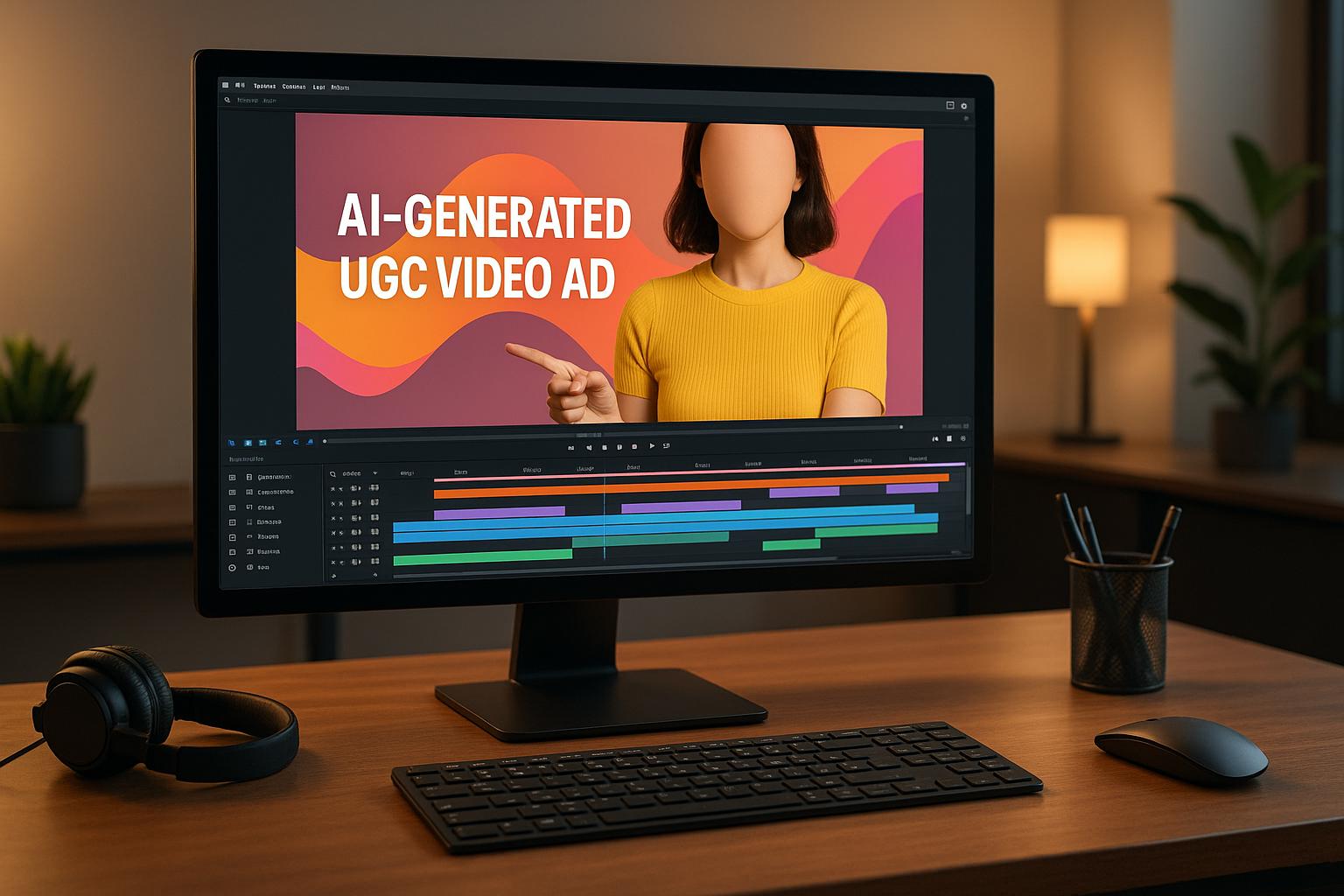

















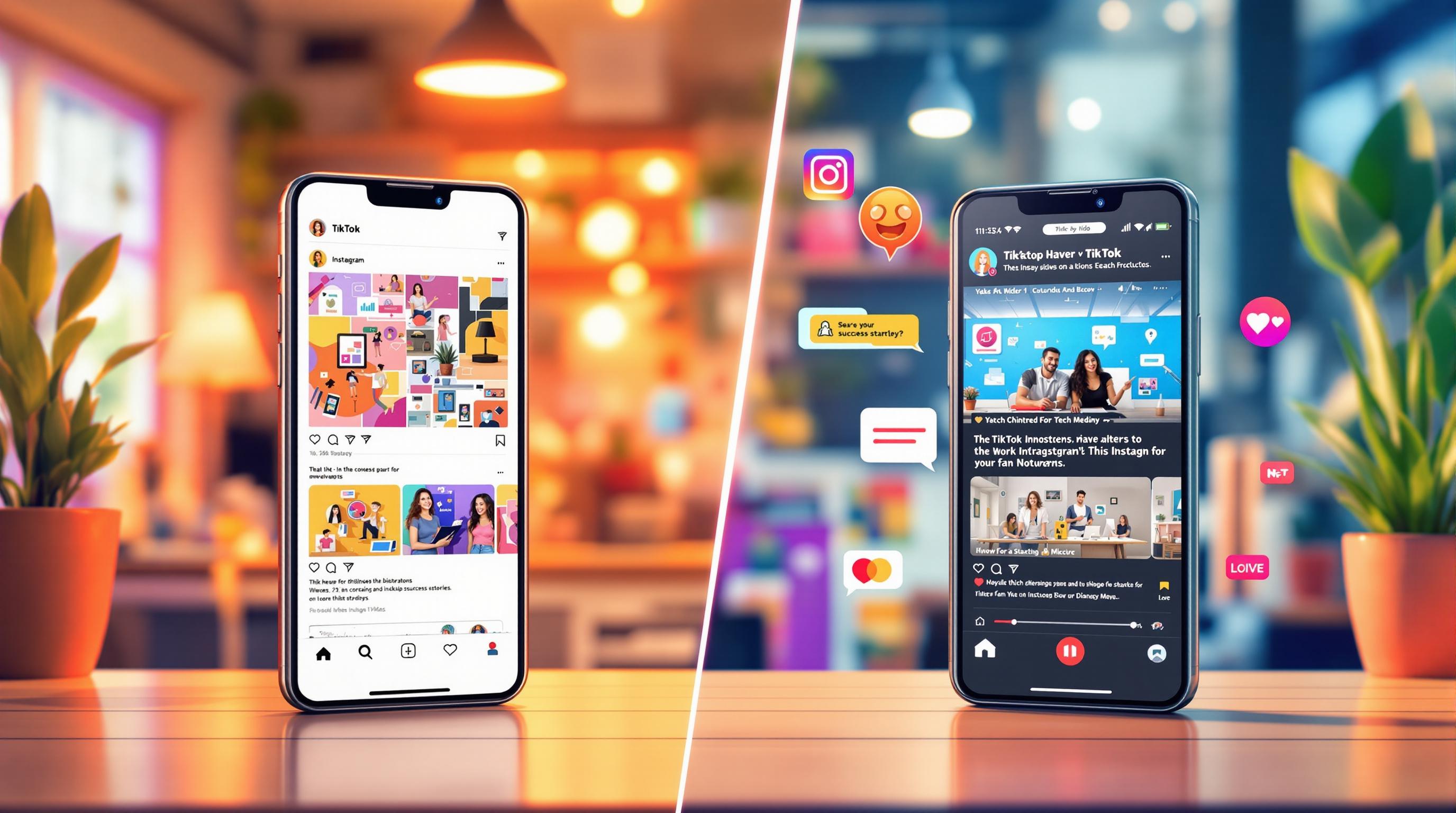


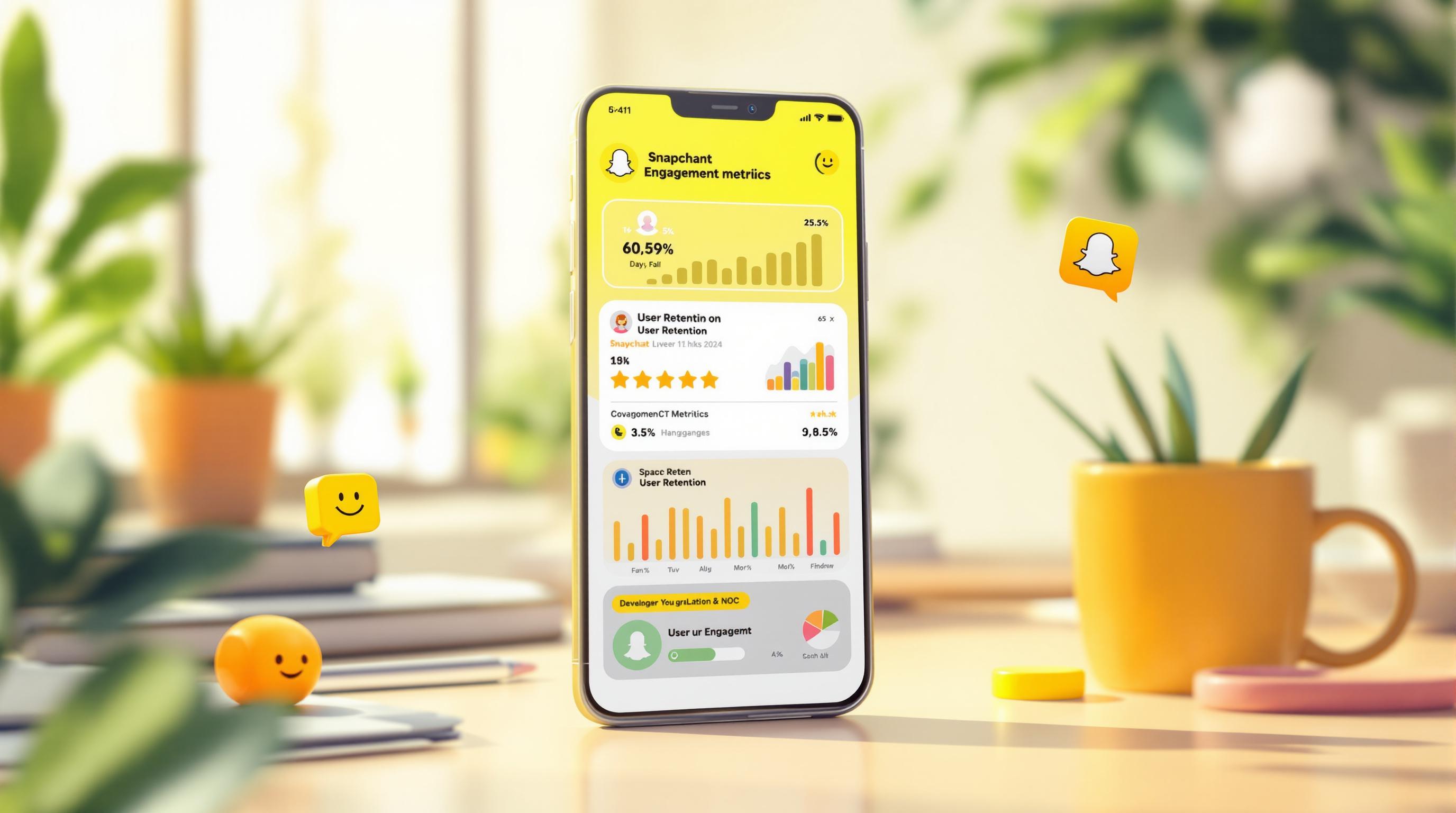













![Top 7 Best Instagram Growth Services in 2025 [RESULTS]](/cdn-cgi/image/fit=contain,format=auto,width=null/https://cdn.prod.website-files.com/67840d1d88a886f29a66a4c1/6795d12917ee4501b9eddf73_6795c731964f791db3b566c4-1737870861582.jpg)
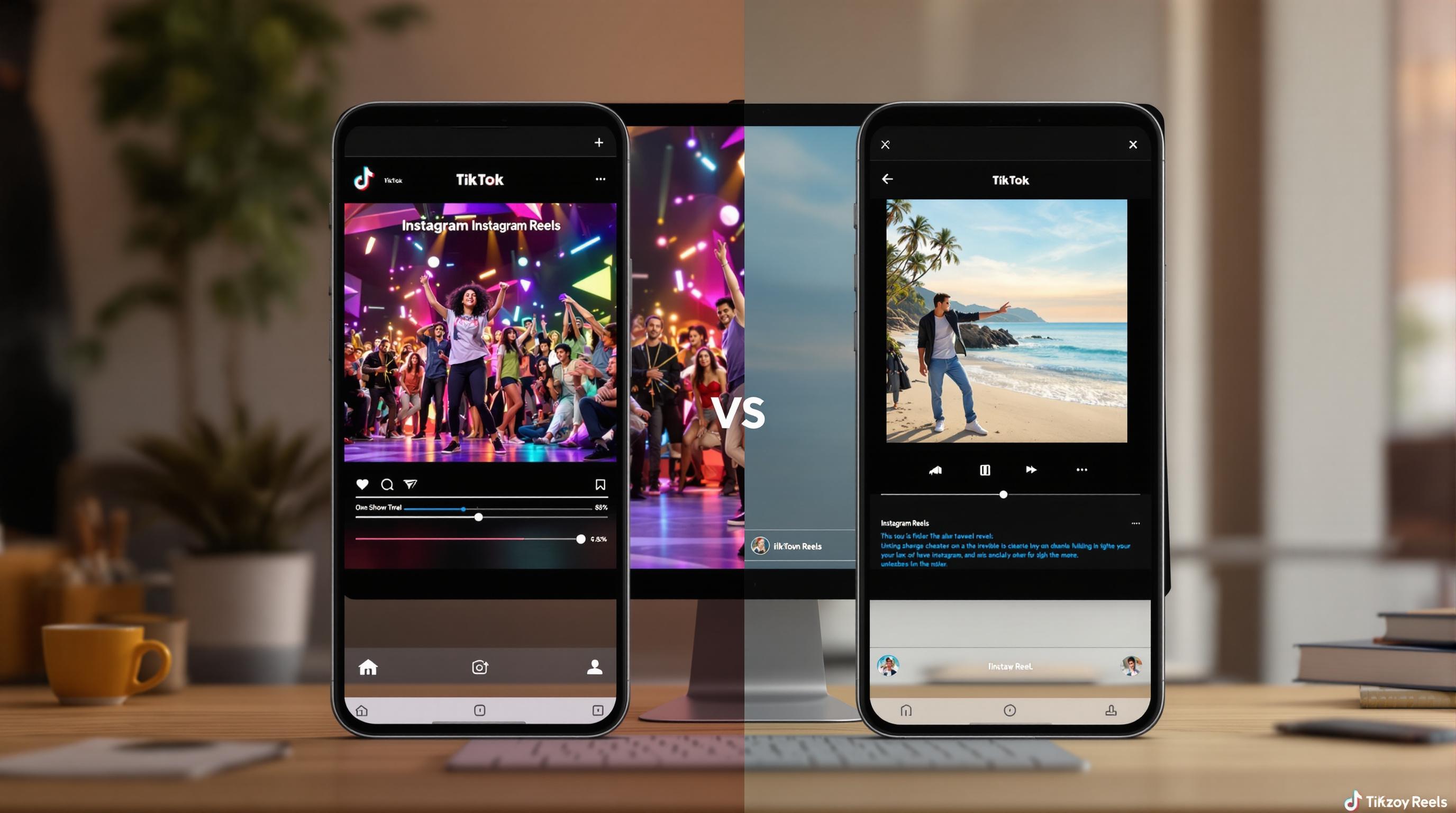

![UpGrow Review – The Best Instagram Growth Service in 2025 [TESTED]](/cdn-cgi/image/fit=contain,format=auto,width=null/https://cdn.prod.website-files.com/67840d1d88a886f29a66a4c1/6795040db42e404207732526_6794fd9c964f791db3b48de9-1737818779111.jpg)

